This article is from: Green Dots founder Stacy Muur
Translation|Odaily Planet Daily (@OdailyChina); Translator|Azuma (@azumaeth)_
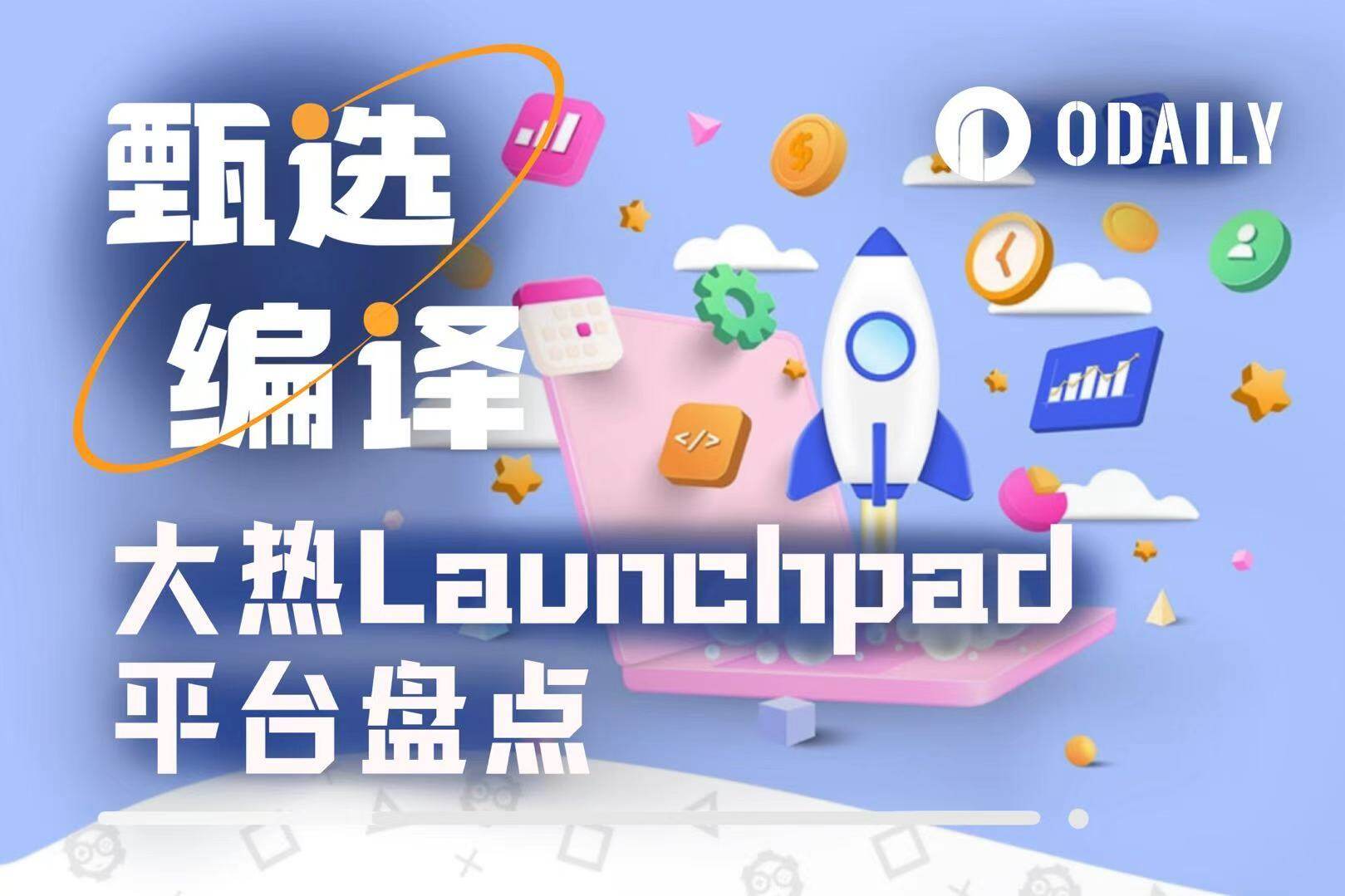
Since that crazy wave in 2017, ICOs are finally making a true comeback — but this time, their operation is completely different from the "Gas Wars" of the past.
This is not a nostalgic tour, but a structural market reshaping driven by new infrastructure, more refined allocation designs, and clearer compliance frameworks.
In 2017, anyone who could write an Ethereum contract and put together a white paper could raise millions of dollars in just a few minutes. At that time, there were no standardized compliance processes, no structured allocation models, and certainly no follow-up liquidity frameworks.
Most investors rushed in blindly, resulting in tokens often plummeting after their launch. Subsequently, regulators quickly intervened, and ICOs faded over the next few years, replaced by VC rounds, SAFT agreements, exchange IEOs, and the later popular retro airdrops.
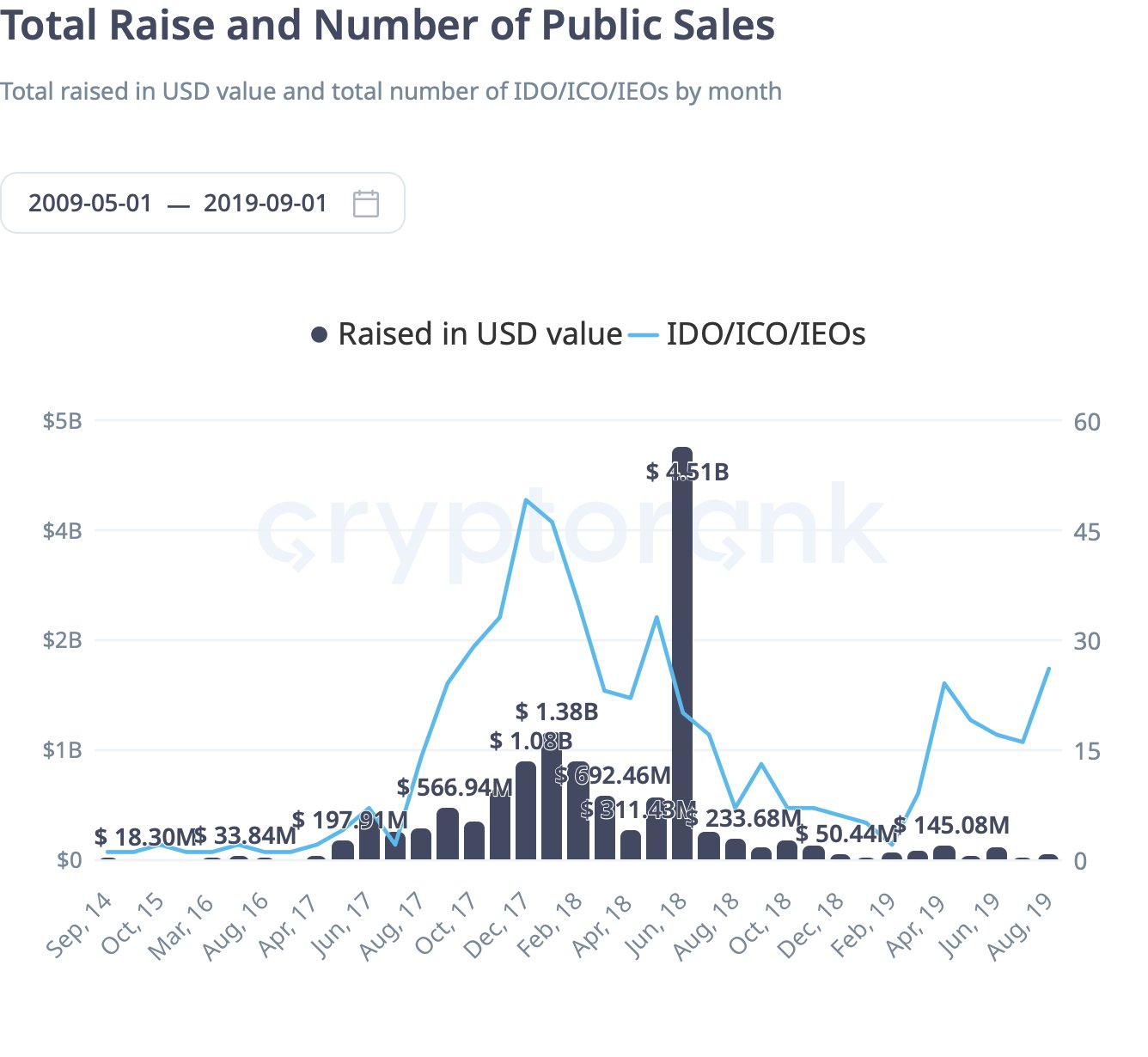
By 2025, the pendulum has swung back again.
This change is not about projects starting at lower valuations — in fact, many projects have FDVs (Fully Diluted Valuation) that are even higher than in the past. What is truly different is the structured reshaping of access pathways.
Today's Launchpads no longer rely on speed or Gas Wars. Instead, they filter participants through KYC verification, reputation scores, or social influence, replacing whale-sized allocations with micro-tickets, allowing more users to share in the allocation.
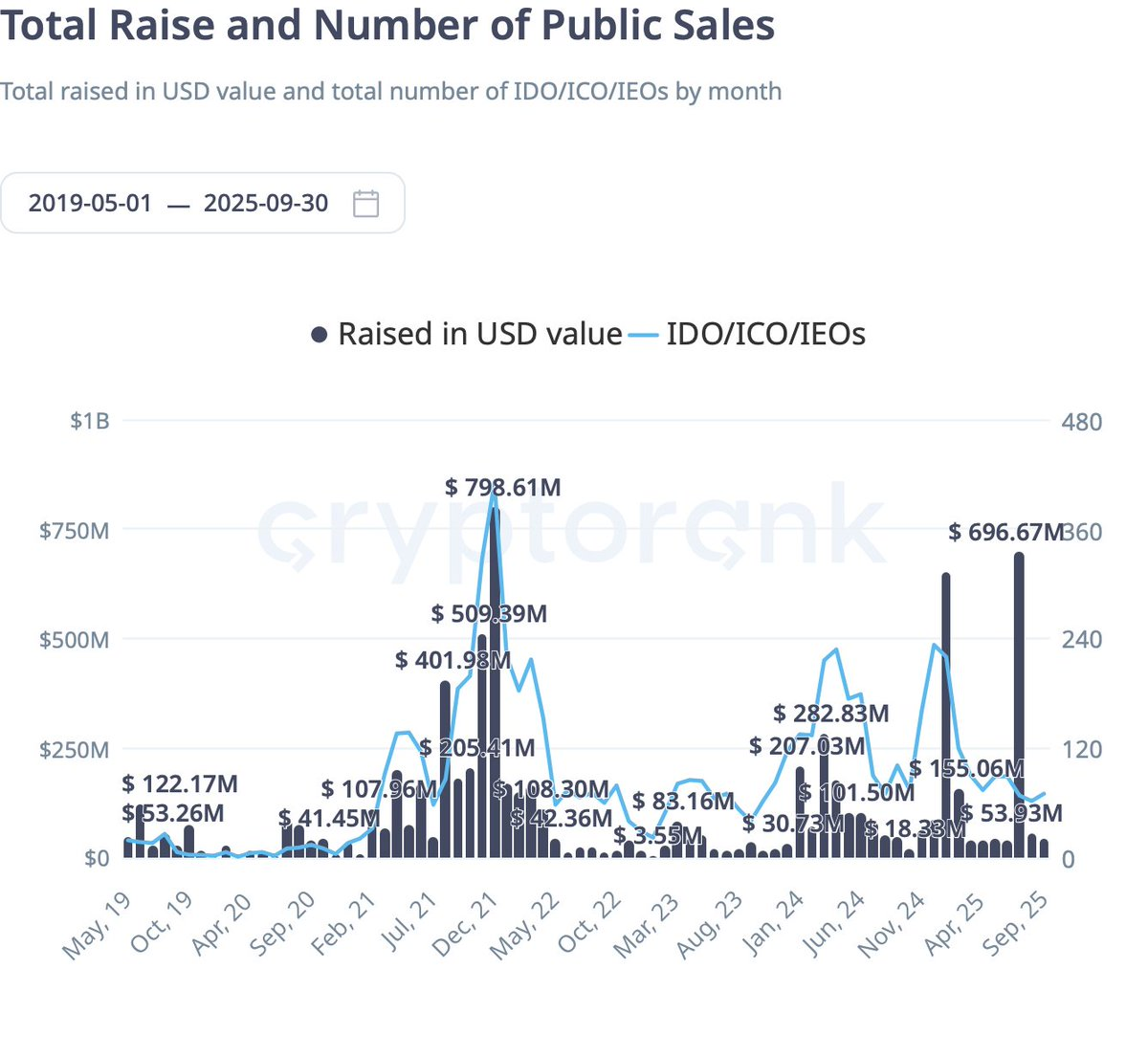
For example, on the Buidlpad platform, I subscribed for a $5,000 public sale allocation of Falcon Finance but ultimately received only $270 — the rest was returned due to oversubscription. A similar situation occurred with Sahara AI, where I subscribed for $5,000 but ended up with only $600.
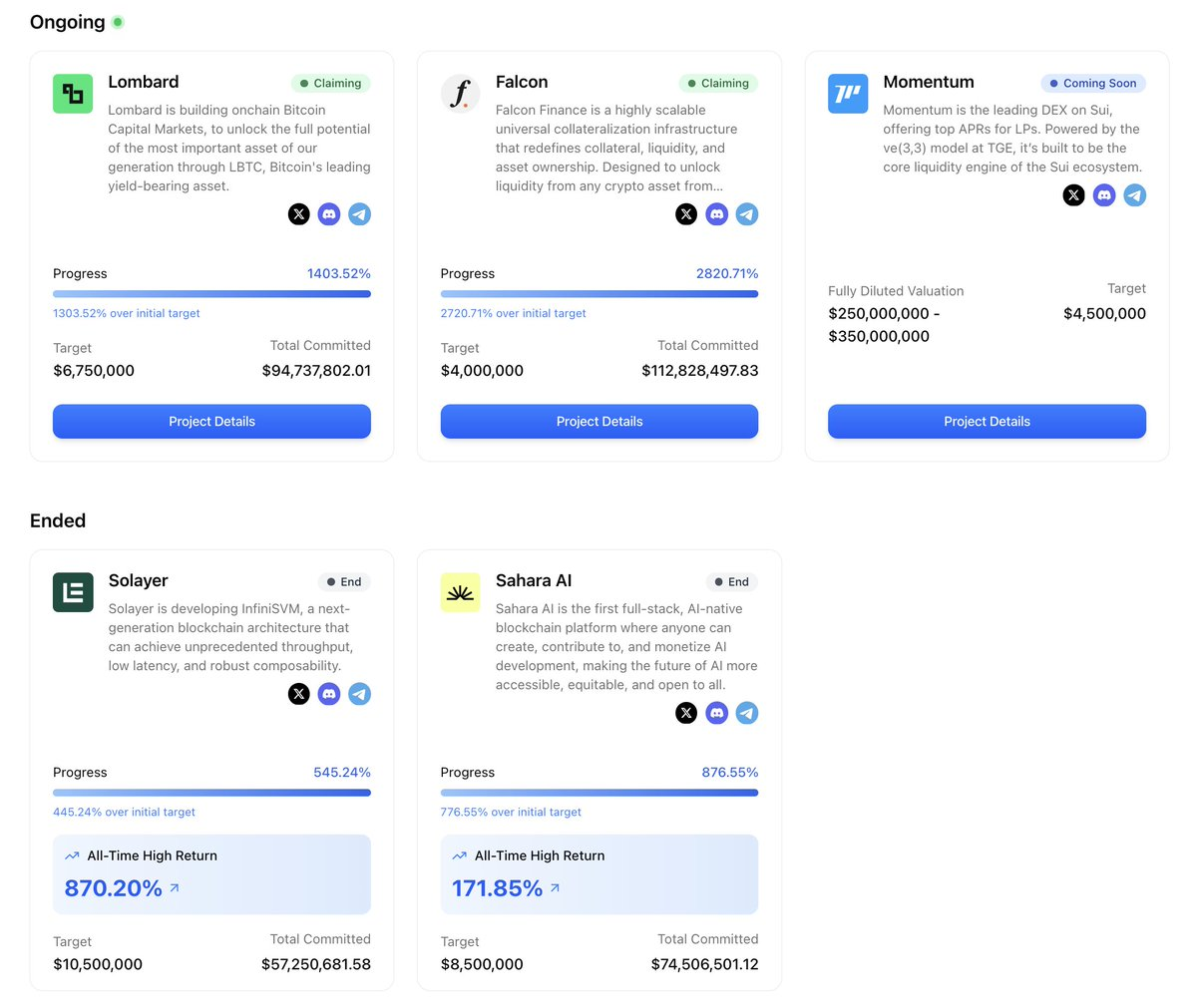
This oversubscription mechanism does not depress prices; rather, it maintains high valuations and expands the allocation range by reducing individual quotas.
Regulators have finally caught up. For example, Europe's MiCA regulations have provided a clear path for compliant retail participation. Major Launchpads have made KYC, geographic restrictions, and qualification reviews configurable options, allowing developers to enable them with just a few clicks.
On the liquidity front, some platforms have gone further — they have directly written post-sale liquidity policies into smart contracts, automatically injecting liquidity pools (LP) after sales end or using "buy low, sell high" pricing to stabilize early trading.
By 2025, ICOs accounted for about 20% of all token sales, a significant rebound compared to the negligible share two years ago. More importantly, this revival is not driven by a single platform but stems from an entire generation of new release systems, each addressing different pain points:
- Echo's Sonar supports cross-chain self-custody sales, with flexible compliance features.
- Legion collaborates with Kraken to integrate a reputation-based allocation mechanism into the exchange system.
- MetaDAO embeds treasury control and liquidity ranges directly into the issuance process.
- Buidlpad focuses on community-first distribution models with KYC access and introduces structured refund mechanisms.
These platforms collectively transform ICOs from a chaotic fundraising method into a deliberately designed market structure — where access to issuance, sales pricing, and liquidity maintenance are no longer improvised after the fact but are meticulously planned at the mechanism level.
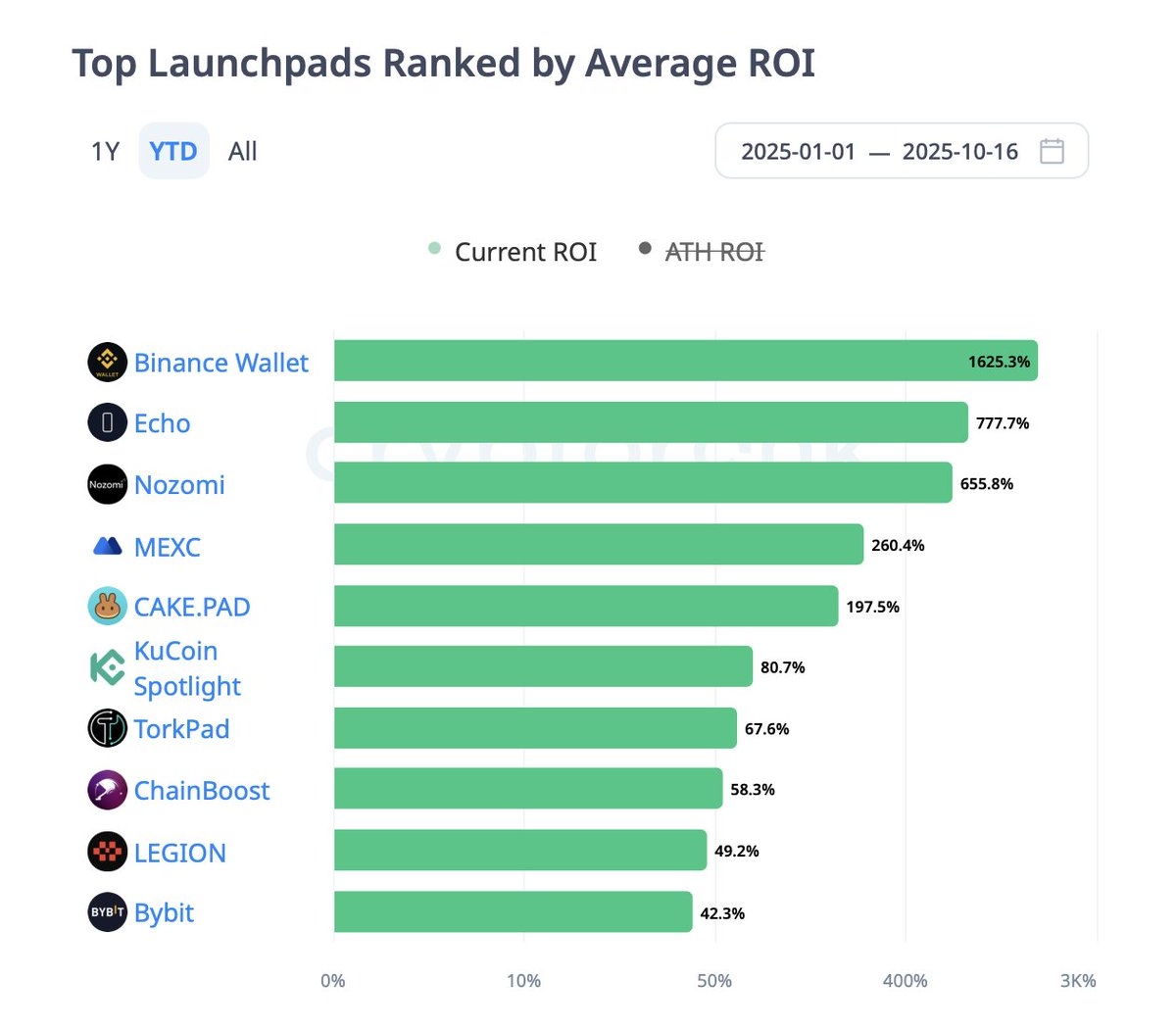
Each platform is attempting to address different pain points left over from the last ICO wave. Together, they form a more structured, transparent, and investment-attractive environment.
The Explosive Echo: Self-Custody, Compliance Mode Switch
Founded by Cobie, Echo, with its self-custody public offering tool Sonar, has become one of the most explosive token launch infrastructures of 2025.
Unlike centralized Launchpads or exchange IEOs, Echo provides infrastructure rather than an "issuance market." Project teams can choose their sale model (fixed price, auction, treasury/credit model), customize KYC, investor verification, geofencing rules through Echo Passport, and distribute sales links themselves — all while launching simultaneously across multiple chains like Solana, Base, Hyperliquid, and Cardano.
The platform's core data performance is as follows.

Echo's most representative success story is Plasma. The project sold 10% of its token supply in July using a time-weighted vault model, priced at $0.05, attracting over $50 million in subscription funds. After its launch, Plasma peaked at a historical ROI (Return on Investment) of 33.78 times, becoming one of the strongest performing ICOs of the year.
Following closely is LAB, which achieved a 6.22 times ROI at launch. Here is a snapshot of Echo's recent sale projects:
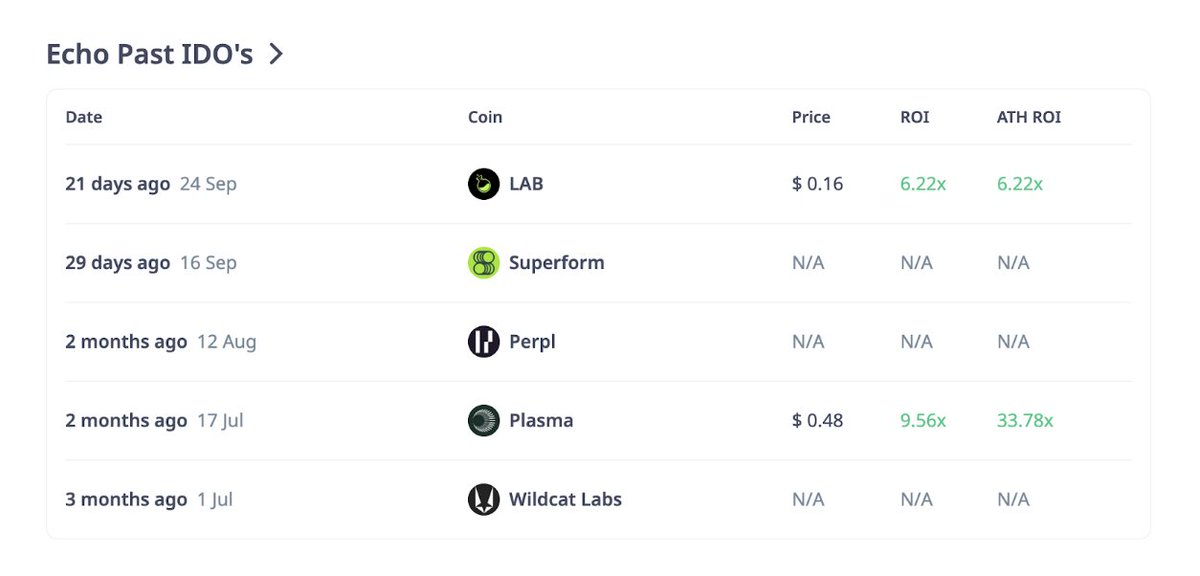
These results showcase both the immense potential and variability of outcomes on the Echo platform. While Plasma and LAB achieved impressive returns, other projects (like Superform or Perpl) have yet to launch or disclose performance data.
Echo itself does not enforce any post-sale liquidity framework — such as liquidity pool injections (LP seeding), market maker participation requirements, or unlock schedules — these are defined by the issuer rather than standardized by the platform.
For investors, while Echo's flexibility makes it the highest ROI launch infrastructure in this cycle, it also means that investors need to conduct their own due diligence, focusing on the following key points before participating:
- Compliance toggle options: including KYC and investor verification requirements;
- Sale format: whether it is a treasury model, auction model, or fixed price model;
- Issuer's liquidity plan: as Echo does not provide a unified liquidity standard.
Legion & Kraken: The Fusion of Reputation and Regulation
If Echo represents founder-led flexibility, then Legion takes a completely opposite approach —
a structured, reputation-gated public offering channel.
In September of this year, Kraken Launch, exclusively supported by Legion's infrastructure, officially launched. This marks the first time token sales are directly embedded within the Kraken account system, with user subscription priority determined by reputation scores under the MiCA regulatory framework.
The platform's core data performance is as follows.

At the heart of Legion is its 0-1000 reputation scoring system, which comprehensively evaluates users based on on-chain activity, technical contributions (like GitHub), social media engagement, and endorsements from others.
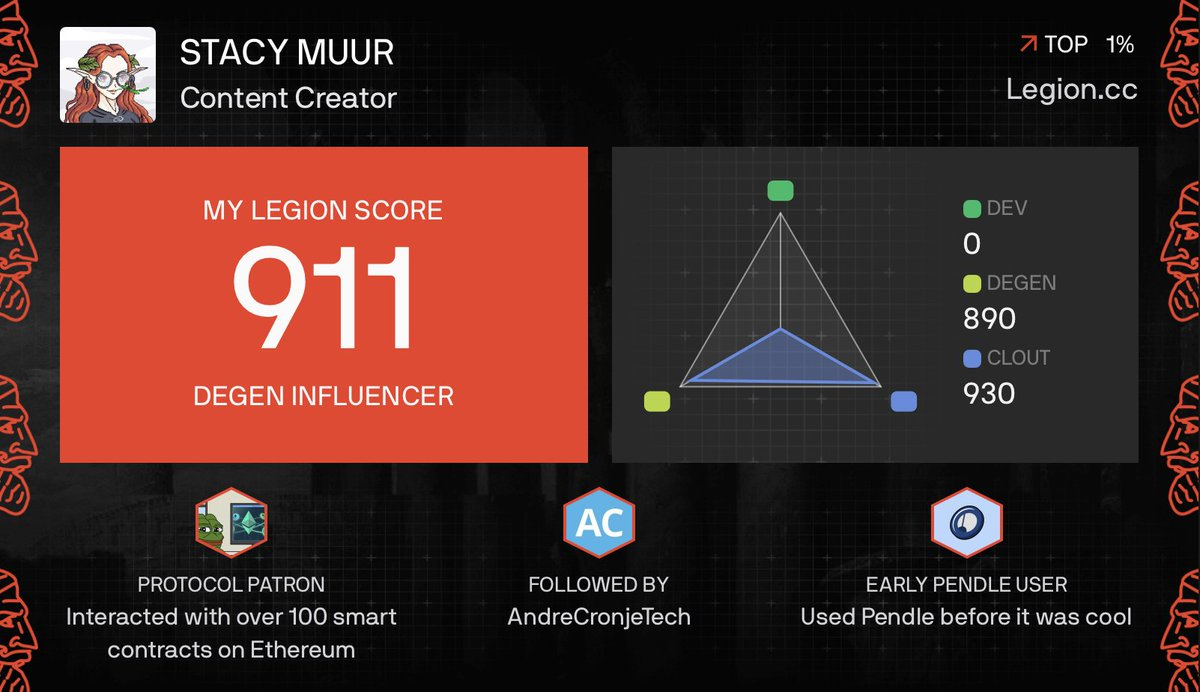
Project teams can reserve 20%-40% of their token allocation for high-reputation users, while the remaining portion is opened to first-come-first-served or lottery rounds. This completely overturns the traditional ICO allocation model — no longer rewarding users who click the fastest but instead rewarding true builders, contributors, and influential community members.
Here is an overview of Legion's recent sales data.
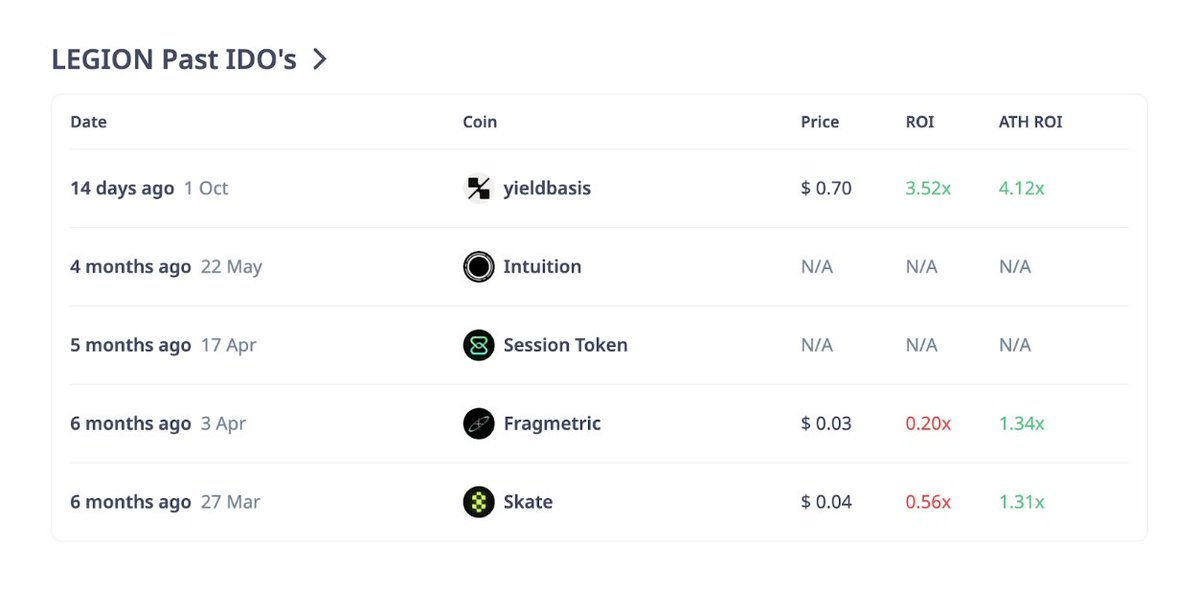
The integration with Kraken provides Legion with another layer of assurance: exchange-level KYC/AML audits and initial liquidity. You can think of it as a "crypto IPO" with a community allocation mechanism. Early cases like YieldBasis and Bitcoin Hyper saw severe oversubscription during the reputation allocation phase (Merit Phase), while low-scoring users were directed to a limited public round.
Of course, this system is not without its flaws. Some early users pointed out that the Legion scoring may overly weight social media influence, allowing super users on X to outpace real builders. Additionally, the transparency of its weighting system needs improvement. However, compared to the past lottery frenzy mechanism, this is a significant upgrade.
For investors, the most important factor is undoubtedly the Legion score. To secure allocation in top projects, it's essential to build your on-chain footprint and contribution profile as early as possible. Additionally, pay close attention to each project's "Merit/Public" allocation ratio and mechanism during the sale, as different projects often adjust this formula based on their strategies.
MetaDAO: Replacing Marketing with Mechanism
MetaDAO is venturing into areas that other ICO platforms have never explored: directly encoding post-sale market policies into the protocol layer.
The operational mechanism of MetaDAO is as follows: if a sale on MetaDAO is successful, all raised USDC will enter a treasury governed by the market, and the token minting rights will be transferred to this treasury. Of this, 20% of the USDC plus 5 million tokens will be injected as initial liquidity into the liquidity pool of a decentralized exchange on Solana. The treasury is pre-programmed to automatically buy tokens below the ICO price and sell them above the ICO price, thereby creating a soft price range around the anchored price from day one.
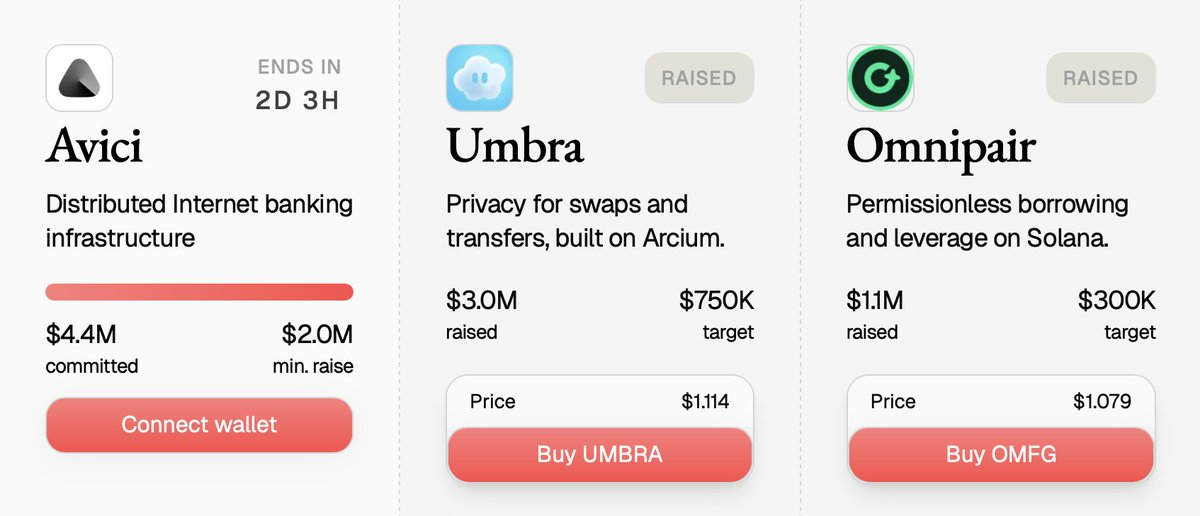
This may sound simple, but it fundamentally changes the dynamics of early trading. In a conventional ICO, if liquidity is scarce or insiders sell off, the secondary market price may collapse. However, under MetaDAO's price band mechanism, early price movements tend to fluctuate around a defined range, with shallower wick-downs and reasonable limits on blow-off bubbles. This is a mechanism, not a promise — if market demand is insufficient, the treasury's reserves will eventually be depleted, but it can effectively shape trading behavior and market expectations during the critical initial days.
A representative case is the Solana privacy protocol Umbra. Umbra's public offering attracted over 10,000 participants, with subscription amounts exceeding $150 million, and the sales page displayed transparent large subscription data in real-time, achieving a completely transparent allocation process. This real-time transparency, on-chain execution, and mechanism-driven distribution experience provide a glimpse into a more structured future for ICOs.
For all investors participating in MetaDAO sales, it is important to note:
- Record the ICO price and understand the corresponding price band range.
- When you buy slightly above the ICO price, your counterparty may be the treasury's sell orders;
- When you buy slightly below the ICO price, you may be automatically matched by the treasury's buy mechanism.
In summary, MetaDAO rewards rational participants who understand the mechanisms, rather than speculative traders chasing hype.
Buidlpad: KYC Threshold Compliance Channel for Mass Retail
Buidlpad focuses on a simple yet impactful goal: providing a clear, safe, and transparent pathway for compliant retail investors to participate in community round token sales.
Founded in 2024, Buidlpad operates through a two-phase process: first, users complete KYC registration and subscription; then, during the funding window, they complete their investment, and any oversubscription will be automatically refunded. Some sales will use a "tiered FDV" model to adjust market demand: early rounds have lower FDVs (valuations), while later rounds will gradually increase FDVs.

A milestone moment for Buidlpad was the Falcon Finance (FF) sale in September this year. The target fundraising amount for this sale was $4 million, but it ultimately garnered $112.8 million in subscriptions, with an oversubscription multiple of 28 times. KYC verification took place from September 16 to 19, with the funding window from the 22nd to 23rd, and all refunds completed by the 26th. The entire process was smooth and transparent, driven entirely by retail power.
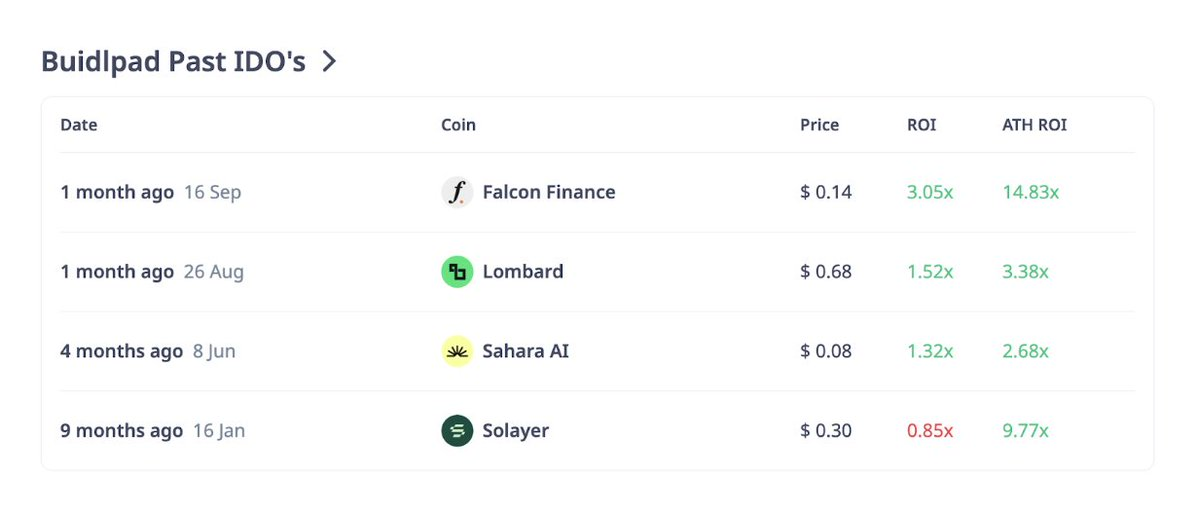
Buidlpad's core advantage lies in its simplicity. It does not employ complex scoring mechanisms or dynamic treasury models but focuses on providing a structured participation channel for community members who pass compliance checks. It is important to note that liquidity still entirely depends on the issuer's planning, and fragmented multi-chain fundraising can occasionally lead to dispersed post-sale trading volumes.
For investors, you need to be aware of:
- Strictly monitor timeframes: KYC/subscription windows are hard thresholds; missing them means losing allocation eligibility;
- Carefully read the tiered structure: early tiers usually offer significantly better valuation starting points.
Cross-Platform Models and Risks
Looking across these platforms, several common patterns emerge.
Oversubscription has become the norm, but the enthusiasm may not last. Falcon achieved 28 times oversubscription, Plasma received nine-figure funding, and Umbra saw strong subscription demand — these figures are impressive, but without sustained use cases, high FDVs often experience price declines after the sale hype fades.
Mechanism design shapes volatility patterns. MetaDAO's buy-sell range effectively curbs market chaos but also limits price increases near the sell range; Echo and Buidlpad rely entirely on issuer self-discipline; while Legion leverages exchange listings to provide liquidity depth.
Reputation systems reconstruct allocation rules. On Legion, building a reputation score in advance may determine whether you receive a substantial allocation or struggle in a limited public sale pool.
Compliance funnels become features rather than flaws. KYC windows, compliance qualification switches, and reputation scoring mechanisms filter out qualified participants. This makes the sales process more orderly but also exacerbates class stratification.
Behind these phenomena, risks still exist: scoring systems may be manipulated, treasury management may be mismanaged, whales can still dominate the market through multiple wallets, and regulatory enforcement often lags behind marketing hype. These mechanisms are not panaceas; they merely change the battleground of the game.
Strategies for Savvy Investors in 2025
To navigate this new wave of ICOs effectively, one needs to establish systematic thinking.
- Clarify mechanisms before blindly chasing trends: fixed price or auction? Reputation priority or pure first-come-first-served? Treasury support or complete market reliance?
- Mark participation eligibility windows: KYC/subscription deadlines, compliance qualification requirements, and geographic restrictions — missing deadlines will result in a complete loss of allocation.
- Understand liquidity design: is it MetaDAO's embedded LP price band mechanism? Or Kraken's exchange-level launch? Or Echo Sonar's issuer-customized liquidity strategy? Remember, liquidity often determines early price movements.
- Targeted positioning: master price ranges on MetaDAO; build reputation in advance on Legion; aim for early tiers on Buidlpad;
- Maintain rational positions: oversubscription does not equate to strength in the secondary market — it should be viewed as a structured investment opportunity rather than a guaranteed profit trade.
Author's Perspective
The revival of ICOs in 2025 is not driven by nostalgia but is the result of new infrastructure, new rules, and a more self-disciplined market working together.
Platforms like Echo, Legion, MetaDAO, and Buidlpad each address different flaws of the 2017 model: some focus on compliance frameworks, some improve allocation mechanisms, and some achieve liquidity innovations… Together, they are driving the transition of public token sales from speculative stampedes to "structured capital formation."
For investors, the advantage no longer solely depends on "early entry," but rather on the depth of understanding of operational mechanisms. Because in 2025, ICOs have not faded away — they are maturing.
免责声明:本文章仅代表作者个人观点,不代表本平台的立场和观点。本文章仅供信息分享,不构成对任何人的任何投资建议。用户与作者之间的任何争议,与本平台无关。如网页中刊载的文章或图片涉及侵权,请提供相关的权利证明和身份证明发送邮件到support@aicoin.com,本平台相关工作人员将会进行核查。




